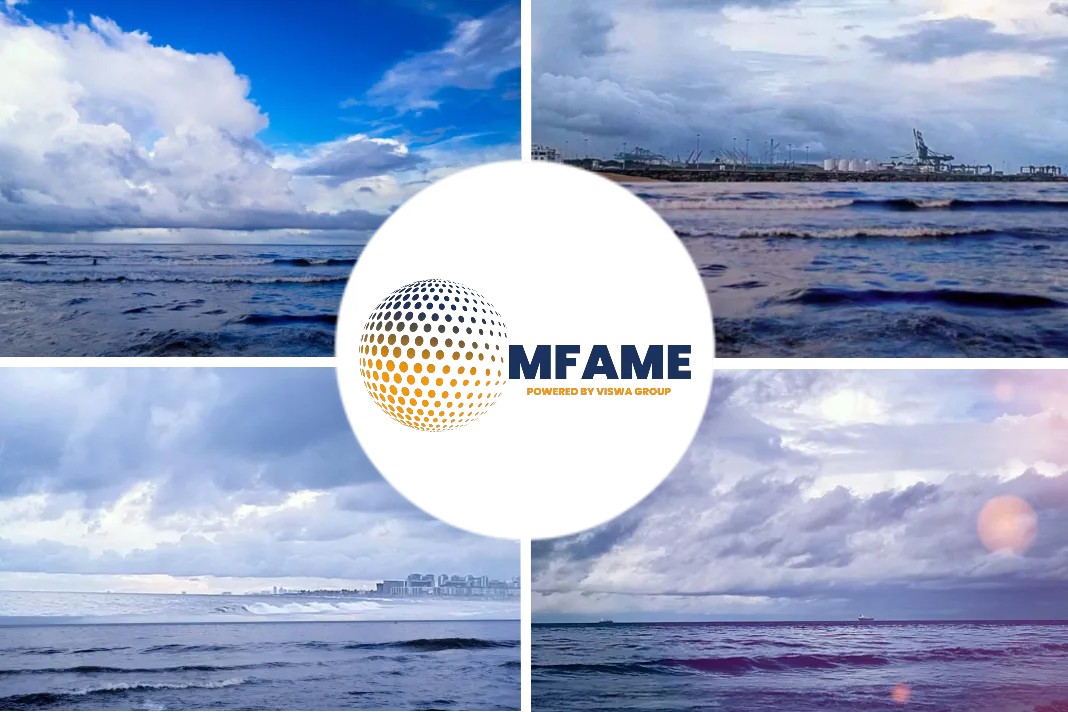- EUA prices hit record high in August
- Big retrofits may become economical
- More muted impact from new IMO regulations
A recent news article published in The Platts states that Ardmore sees incentives for fuel-saving retrofits with new EU ETS rules.
Tightening environmental regulations
With tightening environmental regulations for maritime emissions, Ardmore Shipping expects energy-saving retrofits to become an increasingly attractive investment for ship operators in coming years.
The EU has proposed to include shipping in its Emissions Trading System from 2023 or 2024 in a bid to combat climate change, and the final rules are expected to be ironed out by autumn.
Platts assessed the nearest-December contract for EU emission allowances at Eur80.71/mt ($81.07/mt) Aug. 31, a historically high level though off the all-time high of Eur98.42/mt Aug. 19, S&P Global Commodity Insights data showed.
As oil-based fuels remain dominant in the global bunker mix, Ardmore’s director of innovation Garry Noonan said ship operators will have more incentives to invest in retrofits that can save fuel consumption and emissions costs.
The EU regulatory change will “have a positive effect on energy-saving devices,” Noonan said in an interview. “Future [low-carbon] fuels aren’t there right now, but you know, there’s a lot we can still do.”
Need for bunking infrastructure
For the maritime industry to become emissions-free, many shipping professionals said low or zero-carbon fuels like green ammonia will be required but the bunking infrastructure will take years to develop.
In a research report published earlier this year, consultancy Ricardo said retrofits related to ship design can reduce emission by up to 10% while those about power assistance may achieve 50% reduction at most.
But big retrofits are costly. Ricardo estimated air lubrication — pumping of compressed air into a recess in the bottom of the ship’s hull — could cost $3.38 million every ship for a 7% reduction, and that wind powered-Flettner rotors could cost $3 million per ship for a cut of up to 30%.
Such projects are “not really cost competitive in today’s market,” Noonan said. “But you know, once you start adding a price to carbon … We’re going to start seeing new technologies installed on already efficient ships.”
Preparing for changes
Ardmore has listed battery bank, solar power, air lubrication and wind assist propulsion among the energy-saving devices it adopted or is considering in a recent company report.
The company believes the ETS’ inclusion of shipping “will be good for the energy transition as a whole” and “a very big disruptor to trade,” said Noonan, whose company is an Ireland-based, US-listed product tanker operator that frequently trades in Europe.
“It’ll probably ensure more efficient vessels gravitate towards Europe, and less efficient ones moving out of Europe,” he added.
“My biggest worry probably is that other jurisdictions will see this as a revenue generator and setup similar schemes, effectively leading to fragmentation.”
To prepare for the coming regulatory change, Noonan said his company has created a headcount devoted to carbon trading.
The person is expected to be tasked with acquiring emissions allowances, using them, and pricing associated costs into freight rates.
Aframax operators
Assuming the usage of oil-based fuels and coverage of 100% emissions, Platts assessments showed that Aframax operators would have hiked freight rates by $1.24/mt on the Baltic-UK Continent route Aug. 31 if they were to fully transmit the effects of new ETS rules.
“It’s a cost that we need to pass on,” said Noonan, adding that Ardmore will also need to be careful not pricing itself above the market.
“All things being equal, the cheaper vessel gets the job.”
On the flip side, Ardmore will lose money if voyage emissions exceed its expectation.
“This is when having accurate data is going to be even more important … If you don’t do it right you could lose a lot of money,” Noonan said.
“From a business point of view, you also want to make sure that you’re carrying out your due diligence to ensure that voyage is executed as predicted.”
Global rules
Separately, the International Maritime Organization will introduce the Energy Efficiency Existing Ship Index to global shipping from January 2023, establishing basic technical requirements of existing ships.
The UN body will also usher in the carbon intensity indicator, which rates a ship by its carbon emissions for each transport work and is expected to tighten progressively by 2030.
Noonan said the rules are unlikely to affect the industry much in the near term, especially for ship operators with young ships.
Ardmore, which operated 27 ships with an average age blow nine years as of end-June, estimated it will only have three MR ships affected by the EEXI rule and would require engine power limitation. It won’t have ships with suboptimal CII ratings until 2026.
The IMO regulatory change is “a step in the right direction” but its impact will only be felt slowly despite the climate urgency, Noonan said.
“It will make changes. I just don’t think it’s going to make them quick enough.”
Did you subscribe to our daily Newsletter?
It’s Free! Click here to Subscribe
Source: Platts

















